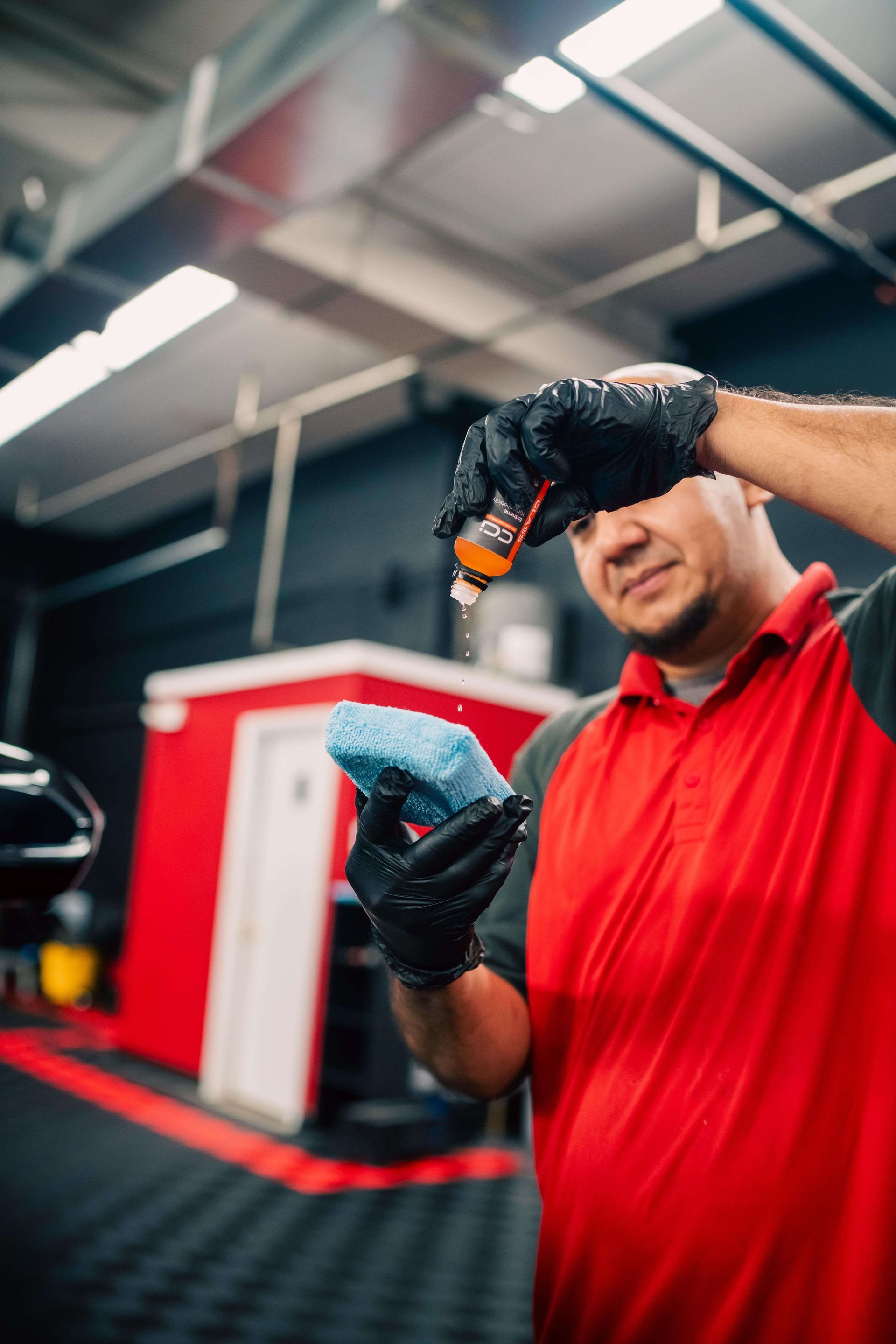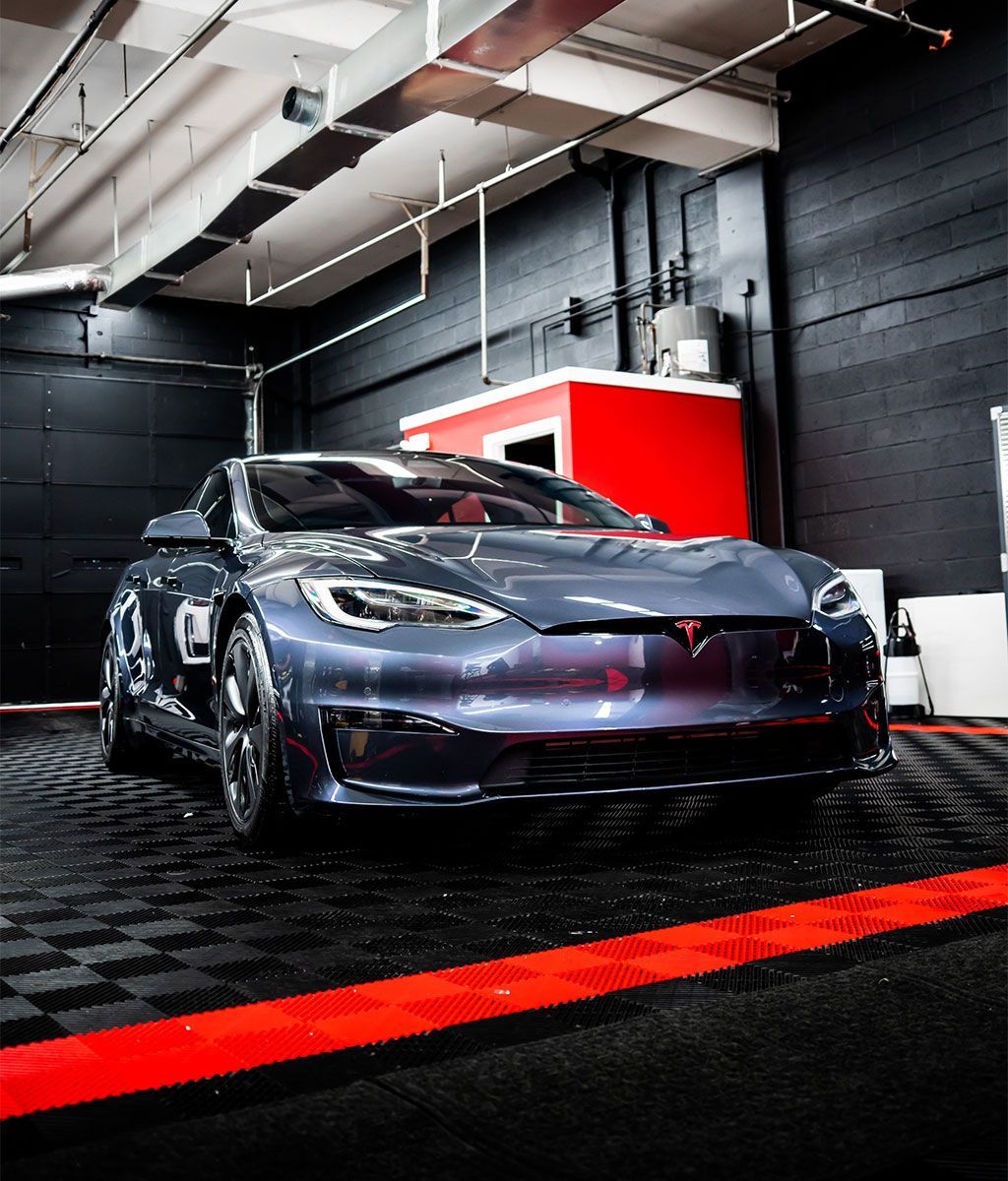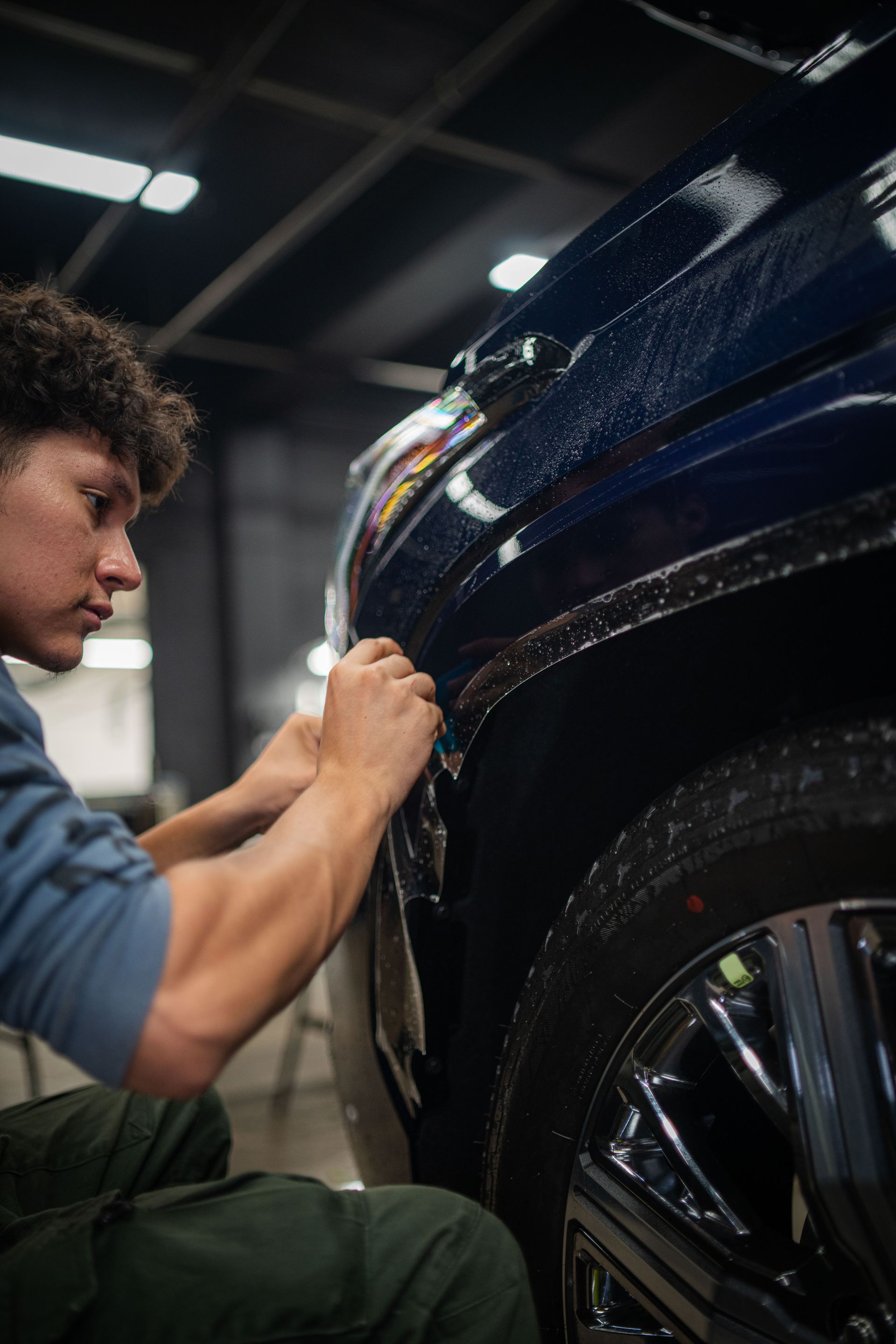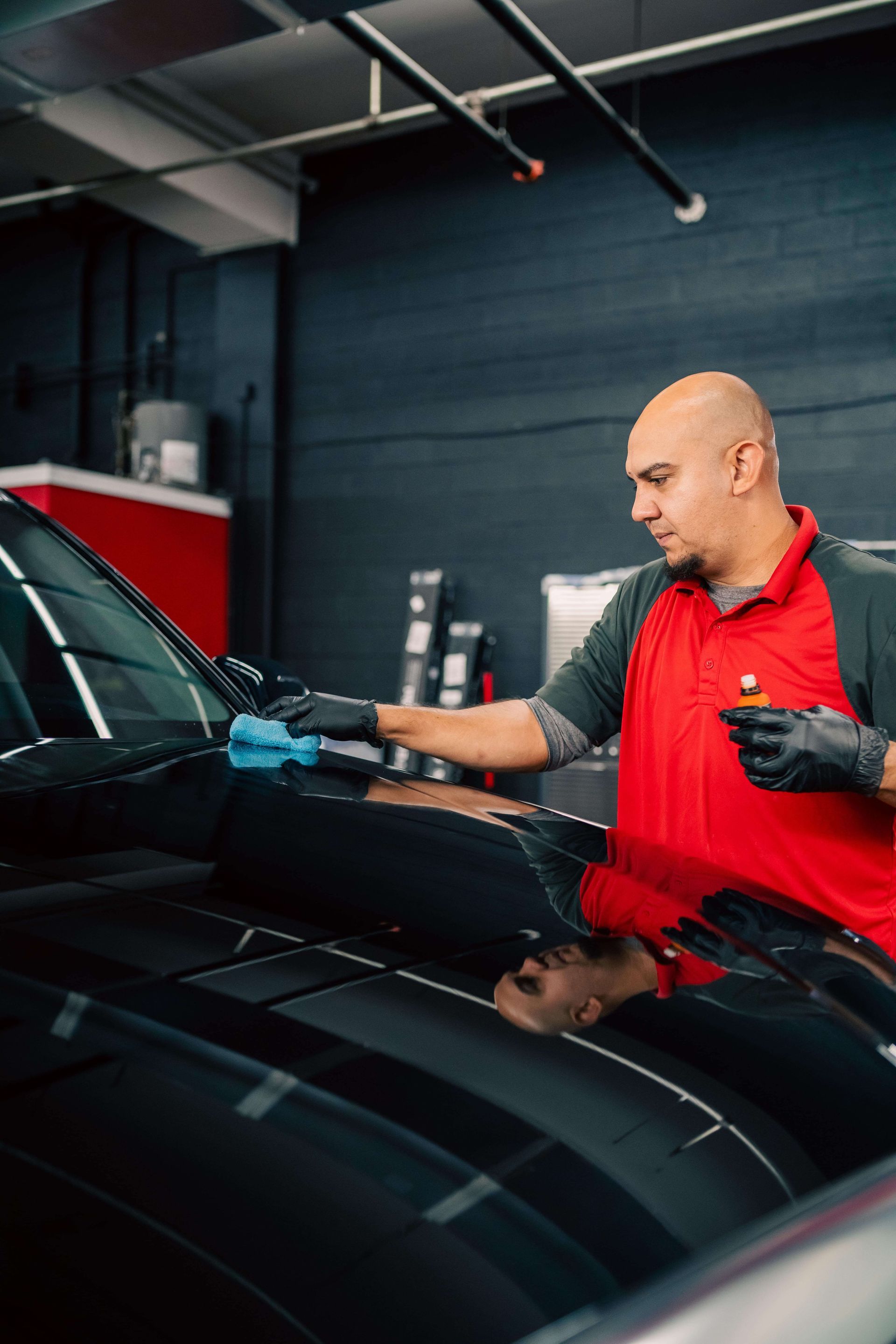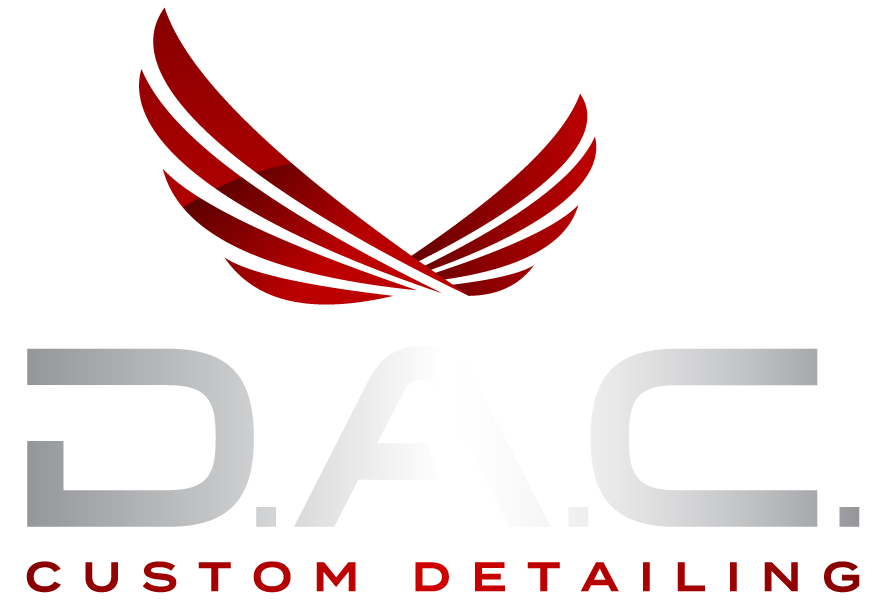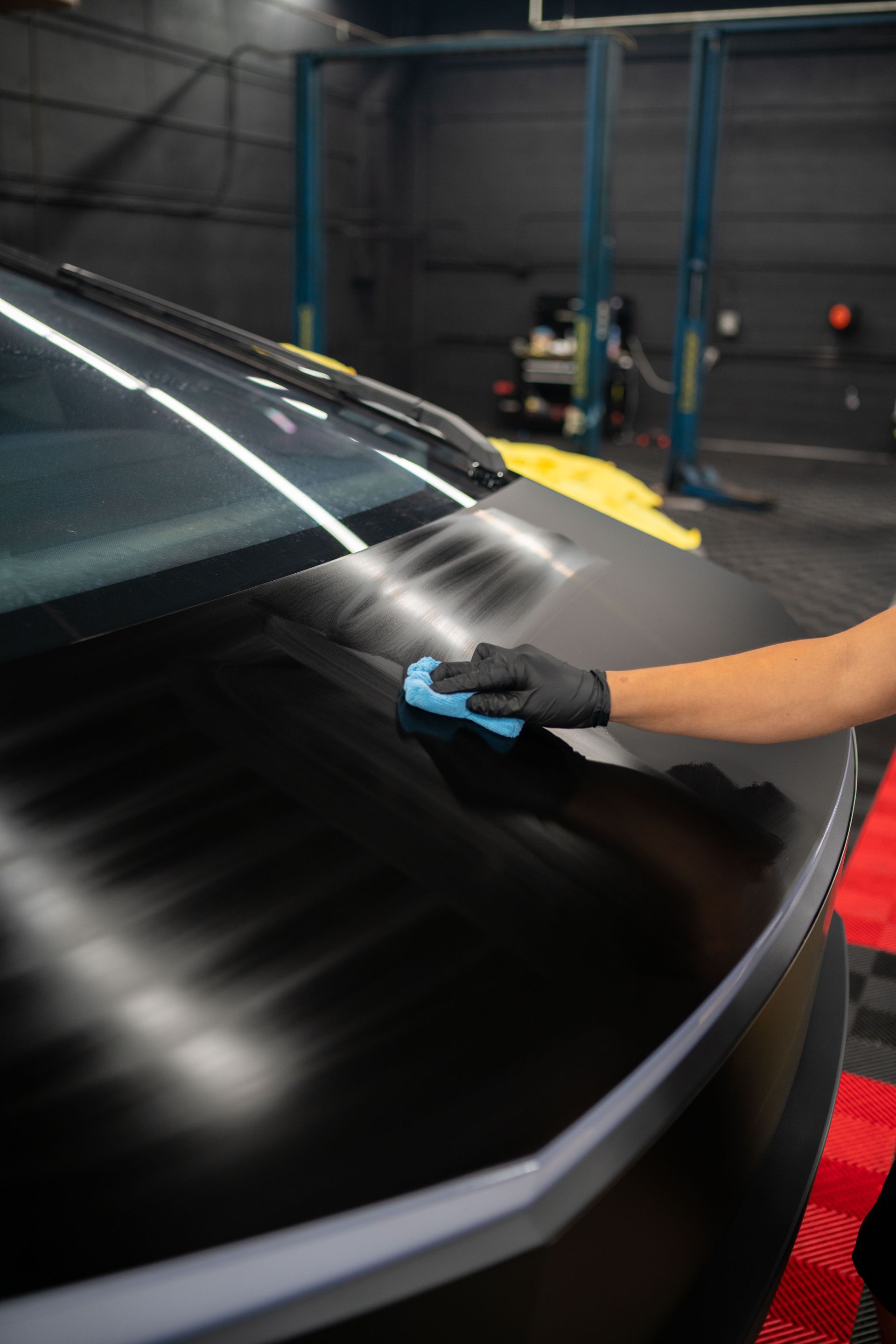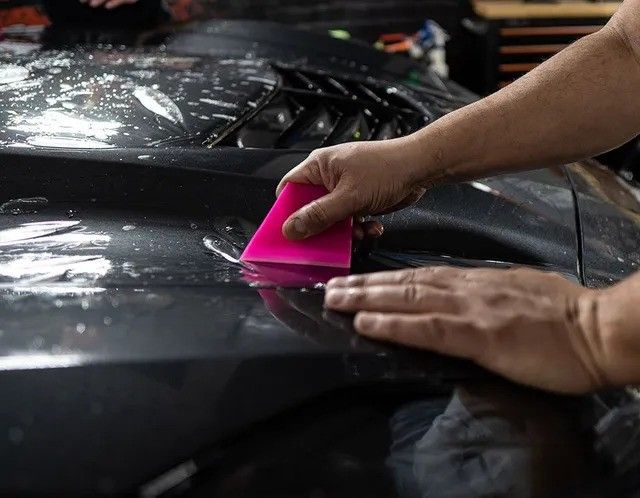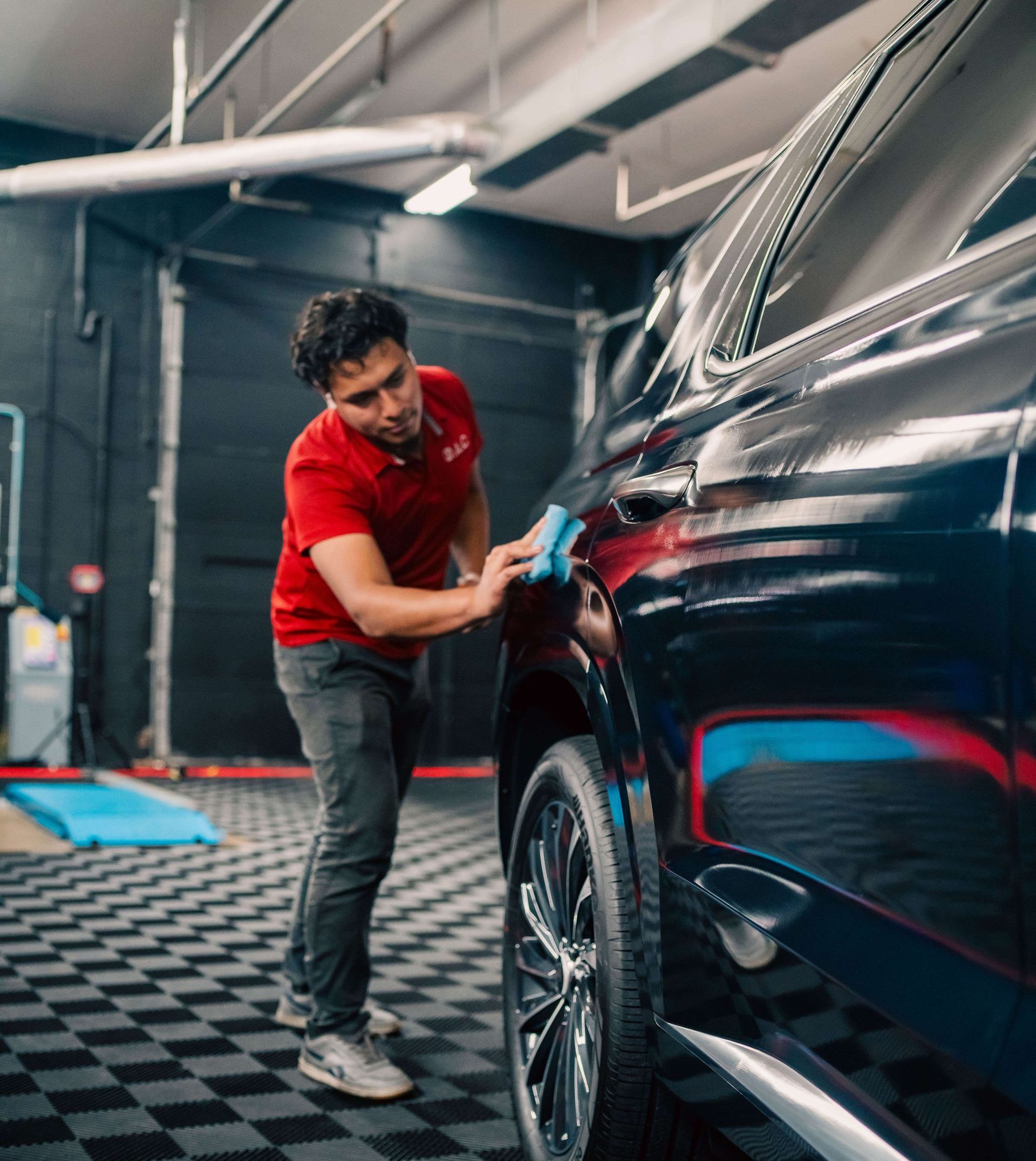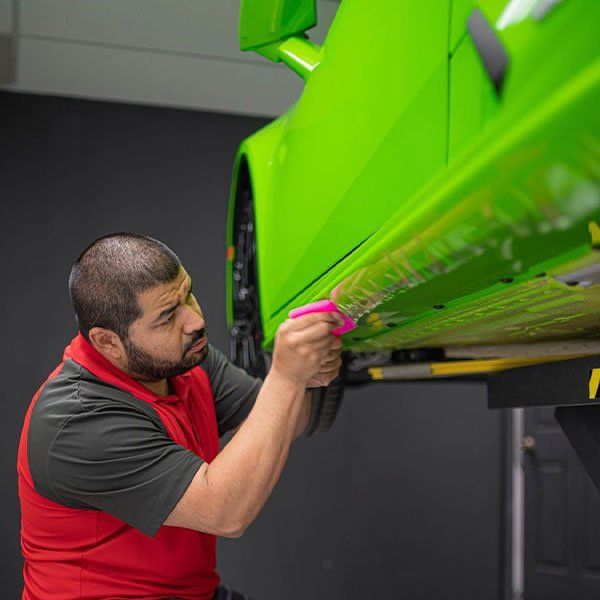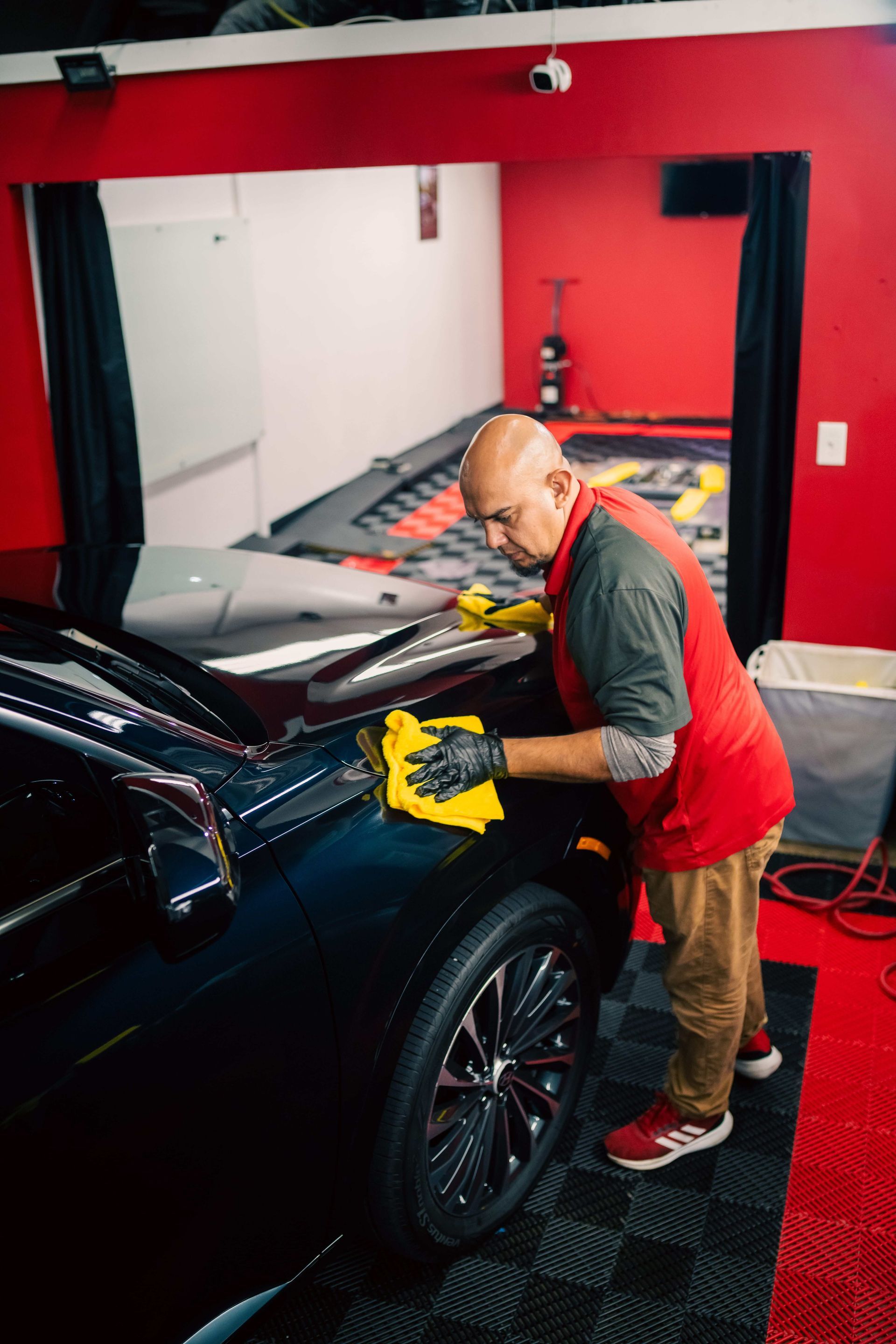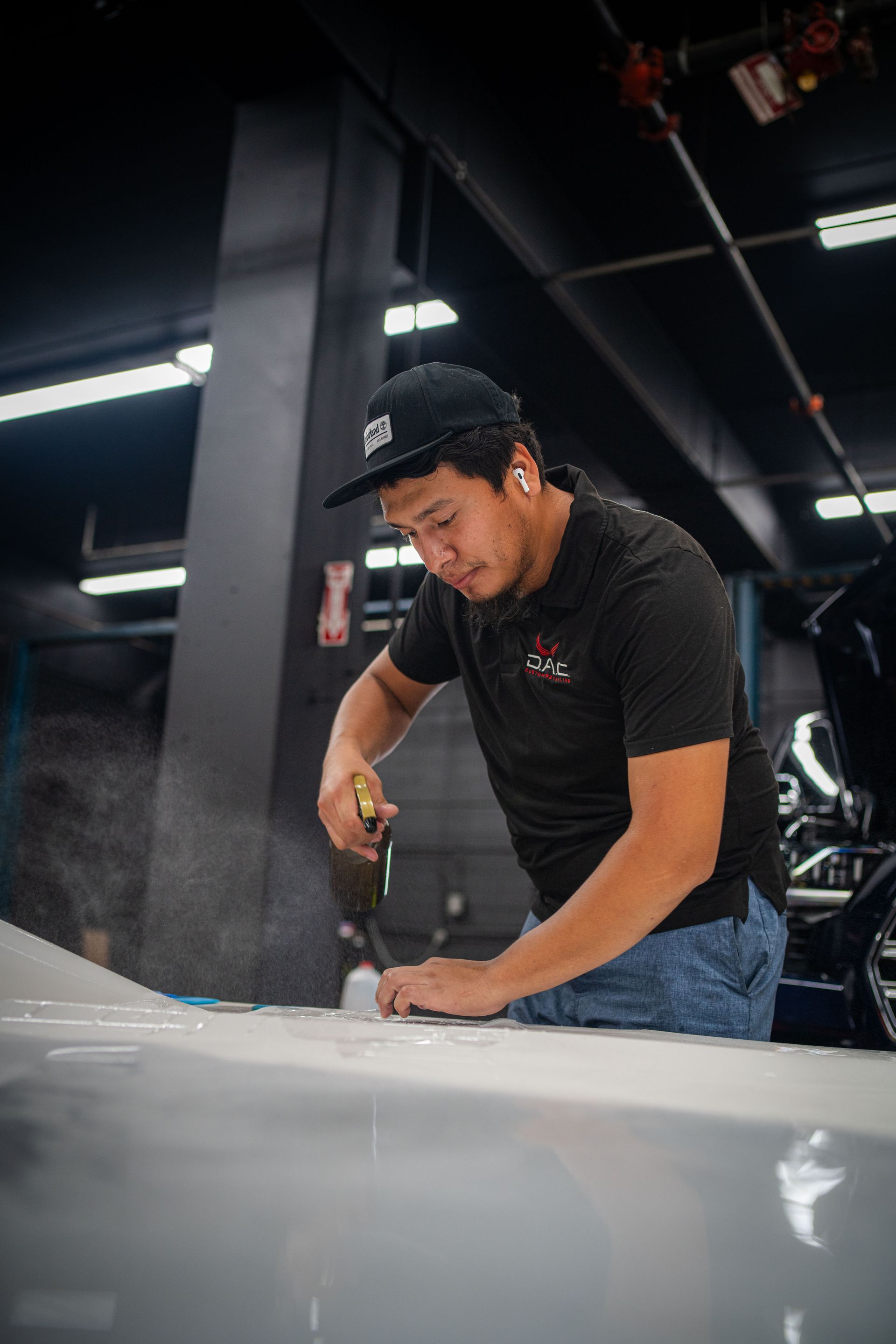REVIVE, PROTECT, MAINTAIN
The quality of installation when applying ceramic coatings can mean the difference between years of protection or dealing with constant reapplications. Quality installation isn't a luxury; it’s a necessity if you want to avoid wasting time and effort while protecting your car’s paint job.
Quality installation is crucial for ceramic coatings, as it directly influences their performance, longevity, and protective capabilities. Poor application can lead to uneven coverage, reduced durability, and frequent maintenance issues, ultimately compromising the coating's ability to protect against environmental factors and maintain the vehicle's appearance.
Importance of Quality Installation
When it comes to ceramic coatings, a professional application sets the foundation for a vehicle's long-term protection. You might wonder why this matters so much; after all, isn't the product itself what makes the difference? The truth is that even the best ceramic coating will only perform as well as its application. An improperly applied coating can diminish its protective qualities and lead to unwanted consequences like uneven surfaces.
A well-executed installation creates a durable bond between the coating and your vehicle's paint, making it an integral part of the car’s exterior. This bond helps shield against everyday environmental threats such as UV rays, acid rain, and even tree sap that can cause fading or damage to your vehicle’s finish. For instance, consider the process of surface preparation before applying a ceramic coating. Proper paint correction is essential; without it, any pre-existing imperfections will be locked beneath the coating. These can include swirl marks, scratches, or oxidation that not only ruin the aesthetics but also compromise how well the coating adheres to the surface.
There's a significant difference in longevity depending on who installs your ceramic coating. Research shows that professionally applied coatings can maintain up to 90% of their gloss after five years. In contrast, many DIY attempts fail within a year due to less-than-ideal application techniques or improper environmental conditions during installation—like high humidity or extreme temperatures—which can negatively impact the final result. It's been shown that improper installation may reduce effectiveness by up to 50%, highlighting just how vital it is to have a knowledgeable technician handle the application process.
If you're considering having ceramic coatings applied, investing in a skilled professional is ultimately an investment in durability and performance that pays off over time. You'll spend less money on maintenance and enjoy greater peace of mind knowing your vehicle is well protected from the elements.
Professional Application Benefits
Opting for professional application services offers numerous benefits over DIY methods. One significant advantage is the superior results that professionals can achieve. Trained experts in ceramic coatings are equipped with the knowledge to avoid common pitfalls like streaking, uneven coatings, and inadequate curing times. Their experience ensures that when they apply a coat, it doesn’t just have a glossy finish; it’s flawlessly smooth, enhancing your vehicle's visual appeal significantly.
The key to achieving such high-caliber results? Meticulous preparation and precision during application. Prior to applying the ceramic coating, professionals often perform paint correction. This ensures any imperfections on the surface are smoothed out, creating an ideal foundation for the coating itself. Think of it as laying down a beautiful canvas before painting; if the canvas isn't perfect, the painting won't be either.
Time and Effort
Another compelling benefit revolves around the aspect of time and effort involved in the process. While it may seem appealing to take a DIY approach due to lower initial costs, many novices fail to consider how labor-intensive and time-consuming such projects can be. Preparing surfaces, applying multiple layers correctly, and allowing adequate drying time—these tasks can add up quickly.
When hiring professionals, you free yourself from these burdensome chores while still receiving exceptional results. They work efficiently and effectively, utilizing their skills to ensure the job is done right without any guesswork on your part. Professional services not only save your time but also provide peace of mind knowing that experienced hands are attending to your investment. They come equipped with specialized tools and formulations tailored specifically for ceramic coatings. Recognizing the value in professional application naturally leads us to explore the necessary skills and resources that contribute to this high level of service.
Expertise and Equipment Needed
Achieving an effective ceramic coating goes beyond simply applying a product; it demands a blend of knowledge and specialized tools. Understanding vehicle paint types is crucial since not all paints react the same way to coatings. For instance, a professional must know how soft and hard clears can influence the application process, as well as how various paint finishes can affect overall durability. This perceptive insight allows detailers to customize their approach for each vehicle, ensuring optimal results.
Additionally, surface preparation techniques play a vital role in achieving a flawless finish. Properly cleaning the surface of the car involves removing contaminants before applying any ceramic coating. Failing to prepare the surface correctly can result in imperfections, such as dirt or oil residues trapped underneath the coating, which lead to unsatisfactory outcomes or premature wear. The importance of this step cannot be overstated: a detailed understanding of these preparatory processes distinguishes a proficient detailer from an amateur.
Core Equipment List
To facilitate an effective ceramic coating application, professionals rely on specific equipment designed for meticulous work:
- Pressure washers help eliminate dirt and grime effectively in preliminary cleaning.
- Dual-action polishers are used for paint correction—removing imperfections and enhancing the surface's smoothness before application.
- Infrared curing lamps ensure that the coating bonds with the paint properly by providing ideal curing conditions.
- pH-neutral cleaners are essential during surface preparation to create a clean environment without causing any harm to the paint.
Investing in these tools promotes superior installation and significantly enhances the longevity of the coating itself. Each piece of equipment plays its part—whether it's ensuring cleanliness or enabling appropriate curing speeds—making every detail critical to success.
Enhancing Durability and Longevity
The very essence of ceramic coatings lies in their ability to shield and preserve your vehicle's paintwork against a barrage of environmental threats. When applied correctly, these coatings provide a formidable defense against UV rays, road salts, chemical spills, and other environmental contaminants. But how do you maximize their durability and longevity? It starts with understanding several key factors that contribute to their performance over time.
Key Factors for Enhanced Durability
- Paint Correction: Before application, ensuring the surface is flawless is imperative. Paint imperfections like swirls or scratches can undermine the adhesion of the coating. By performing paint correction, you create a smooth canvas that allows the coating to bond more effectively. It’s as if you’re laying the groundwork of a sturdy foundation for a house. Once you've perfected the surface, the next step involves careful layering techniques.
- Layering & Application: Applying ceramic coatings is an art in itself. It's vital to apply consistent layers without any uneven patches. Uneven application not only affects aesthetics—it can lead to premature wear of the coating. A proper technique involves working in manageable sections to ensure uniform coverage. Some installers prefer a cross-hatch method for even distribution, which can greatly enhance performance.
- Proper Curing: Proper curing is critical for long-lasting effects. Allowing adequate time for the coating to bond and harden enables it to achieve optimal resistance against environmental stressors. Each ceramic coating product may have different curing times and conditions, so adhering strictly to manufacturer guidelines is crucial. This step often involves leaving the vehicle in a controlled environment free from contaminants like dust or moisture during the curing phase.
Offsets can occur if these steps aren’t strictly followed—think about an unseasoned dish; no matter how high-quality your ingredients are, without the right technique, it won’t taste right. The same principle applies here: investing time and attention into these early stages leads directly to enhanced durability and longevity of your ceramic coatings.
Factors in Selecting an Installer
When it comes to ceramic coatings, the installation process can significantly influence the outcome. Therefore, investing time in choosing a qualified installer should be a priority.
- Certifications: One key factor in this selection process is certifications. Installers should proudly present certifications from reputable manufacturers. These credentials not only speak volumes about their expertise but also reflect a commitment to using quality products and techniques that meet industry standards.
- Experience: A seasoned installer, particularly one who specializes in high-end vehicles, typically possesses the know-how to handle various surfaces and deal with potential challenges that may arise during installation. Unlike novices, they are less likely to overlook important details that could impact the final appearance and durability of the coating.
- Portfolio: Don’t shy away from requesting a portfolio showcasing their previous work. Seeing before-and-after photos can give you insight into their craftsmanship. Look for consistent results rather than isolated examples; this is an indicator that they regularly deliver quality service. Think of it as examining an artist's body of work—consistency is key.
- Warranty: Another essential piece of the puzzle is understanding the warranty they offer on their work. A reliable installer provides a solid warranty, which serves as an assurance of their confidence in their craft. This can be particularly reassuring if any issues arise after completion, as it reflects the installer's commitment to customer satisfaction and product performance.
Choosing an installer with the right qualifications and track record plays a vital role in achieving optimal coating performance. With these considerations in mind, we can now explore how different aspects of installation directly affect overall performance outcomes.
Installation's Impact on Performance
When it comes to ceramic coatings, the old adage "you get what you pay for" holds particularly true. The performance metrics of your ceramic coating—such as hydrophobic properties, resistance to contaminants, and overall aesthetic appeal—are all significantly influenced by how well the coating is applied. A poorly installed coating can lead to disappointing results, leaving you frustrated with your investment.
One key performance metric is hydrophobicity, the ability of a surface to repel water. A professional application enhances this property, causing water to bead up and roll off effortlessly. Maintaining a clean vehicle becomes easier since less dirt sticks to the surface when proper installation ensures efficient hydrophobic characteristics. Moreover, an expertly applied ceramic coating will improve your vehicle’s resistance to UV rays, which can cause paint fading and oxidation over time.
Performance Metrics
Each of these metrics plays a crucial role in the longevity and visual appeal of your vehicle. For instance, a vehicle with an inferior ceramic coating will likely display water spots and streaks more readily due to inefficient hydrophobic properties. In contrast, a high-quality installation showcases surfaces that not only repel water but also significantly reduce the frequency of washes needed to keep them looking pristine.
Consider the difference between two vehicles: one with a professionally installed ceramic coating and another that received a quick DIY job. The first vehicle glides through rain without streaks or deposits; instead, it shows off brilliant shiny surfaces that are easy to wipe down. Meanwhile, its counterpart struggles with mud caking onto the panels, leaving behind remnants even after washing.
Ultimately, appreciating these performance metrics emphasizes how vital quality installation is in maximizing the benefits of ceramic coatings. Ensuring a meticulous application process elevates your investment and directly correlates with how your vehicle withstands environmental challenges while maintaining its appearance. Investing in quality installation guarantees long-term protection and performance for your ceramic-coated surfaces.
Quality Ceramic Coating Offerings in Alexandria, VA
D.A.C. Custom Detailing in Alexandria, VA, provides premium ceramic coating solutions designed to shield your vehicle from harsh weather, road grime, and UV damage. With our expert application, your car’s exterior gains enhanced durability and a high-gloss finish that lasts for years. The team at D.A.C. Custom Detailing takes pride in delivering precision and excellence, ensuring your vehicle stays protected while maintaining its showroom shine. Explore our quality ceramic coating offerings today and enjoy superior protection for your vehicle. Call us at (703) 298-1864 to get started!
Share with friends
